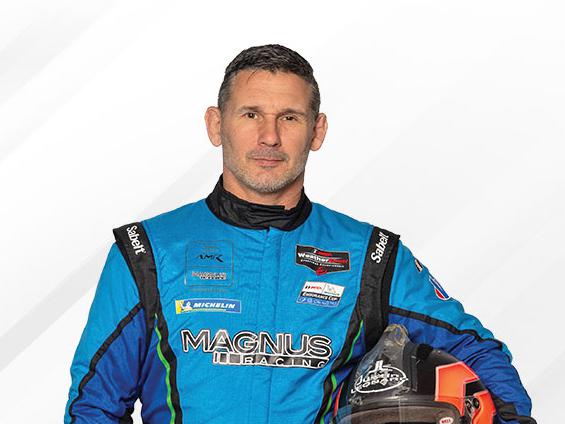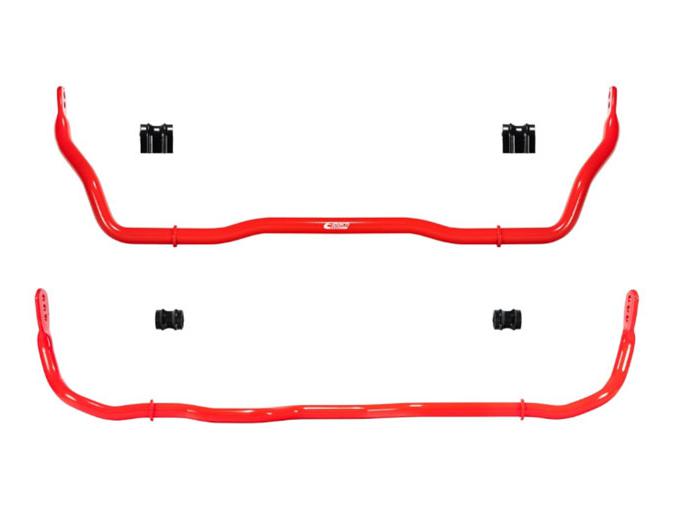Problem Solvers

When in-person instruction was placed on hold, this welding equipment supplier transitioned to static online presentations, followed by interactive sessions that offer a more effective experience.
THE PROBLEM: How to bridge the gap between in-person and remote training.
THE SOLUTION: Reformatted class structures and better use of technology.
When welding equipment manufacturer Miller Electric in Appleton, Wisconsin, was forced to stop its in-person training programs at the height of the pandemic-caused lockdown in 2020, it developed innovative new ways to engage and interact with participants in remote-learning sessions.
Miller Electric has an extensive training department, primarily for service technicians and distributor salespeople. Although the classes aren’t intended to teach actual welding skills, they’re highly technical, with the aim of educating their audience on essential principles of welding and welding equipment.
Before the pandemic, 80%–90% of the company’s training was face-to-face. Once the pandemic got into full swing, however, that quickly changed. Miller had to immediately adapt to a new world in which all training was remote.
To meet the increased demand for remote instruction, Miller set up training studios in Georgia, Texas, and Ohio, along with three studios at the company’s headquarters in Wisconsin. They primarily use Zoom for training sessions unless a client requires a different platform.
But as the remote training programs ramped up, the team discovered shortcomings in how they interacted with online students. One of the first shifts made was to change the format of classes.
“We were mostly doing webinars when the whole stay-at-home order came more than a year ago,” explained John Luck at Miller Electric. “It was PowerPoint training. Later in the year, say around September, we started getting into what we call virtual instructor-led courses. Instead of watching somebody do a slide presentation, they’re seeing a live instructor talk to them. It’s a much more interactive way of doing things.”
At the same time, the Miller team improved the technical aspects of their courses to better demonstrate what’s being taught. Much of this revolved around finding the right camera and microphone setup to bring students the full sensory experience of proper welding techniques.
“It’s a lot more interesting when you can see what’s going on as something is being welded, versus just a bright light,” said Luck. “But it takes a lot of experimenting—putting a welding lens on a camera, and then getting the right shutter speeds, because there’s a frequency that the arc is running at. We also wanted to give people on the other end some sense of what it sounds like. That’s been a little challenging for us with microphones and noise-cancelling equipment.”
For repair and technician training, the Miller team implemented a unique system that allows instructors to see in real time if the student is performing tasks correctly. Students in these training sessions wear a harness on their chest that holds a camera aimed at the working area in front of them. The camera then interfaces with a computer to send video in real time to the instructor for immediate observation and critique.
“When we ask a student or technician to show us how to repair something, we can see exactly where their hands are going, what they’re touching or what they’re probing,” said Luck.
Making all of these changes proved to be challenging at times, but it was well within the grasp of the company’s training staff. “The instructors have a lot of things going on now,” said Luck. “There are various cameras that they’re toggling from one view to the next, collateral that pops up on the screen, poll questions and results, and additional information for students. But everybody has adapted very well to it.”
As the pandemic has eased, demand for Miller’s remote learning programs has dropped somewhat, with many people eager to get back to in-person learning. Nonetheless, Luck feels that remote training will always have a place in the company as a vital component in its overall toolbox of training methods.
“We think this is going to stick,” said Luck. “We’re continuing to invest in our virtual studios. We’re looking to add more capabilities as far as better quality, better lighting, better everything to improve that.”
SOURCES
–
Miller Electric
millerwelds.com
 MEMBERSHIP LOGIN
MEMBERSHIP LOGIN JOIN PRI
JOIN PRI


